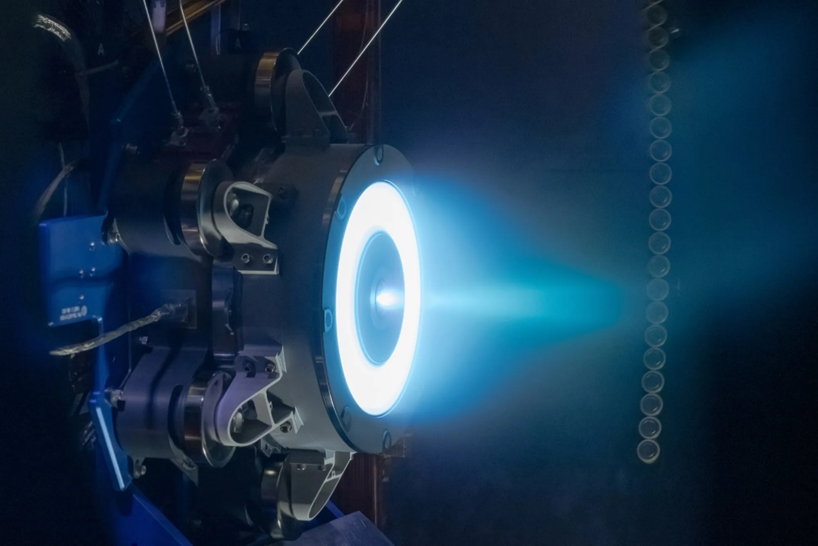The new system will bring humanity closer to the far reaches of space.
The American Space Agency NASA, in collaboration with the aerospace company Aerojet Rocketdyne, announced the successful completion of qualification tests of the Advanced Electric Propulsion System (AEPS), which is a 12-kilowatt engine powered by solar Electric Propulsion (SEP).
This engine, which is currently the most powerful of the ion (electric) installations produced, is designed for long-term space missions to the Moon and beyond. To understand the scale, 12 kW is capable of powering more than 1,330 LED lamps.
NASA noted that modern electric propulsion systems use about 4.5 kW of power. The Agency said that AEPS is a next-generation technology that expands the possibilities of future space exploration, and will allow you to reach targets faster and at a greater distance.

The blue glow of the AEPS flame observed during the tests results from the ionization of xenon gas, which gave rise to the name ion thrust. Unlike traditional chemical propulsion, which uses liquid propellant to create short but powerful bursts of energy to propel the spacecraft, electric propulsion uses inert gases as fuel. This leads to lower power consumption, but provides longer operation and, as a result, greater efficiency, which can be extremely useful for long-term space missions.
The purpose of using AEPS is to ensure the operation of the future Gateway space station, which is planned to install three such engines on a battery of power and acceleration. This element will be responsible for many functions, including maintaining an orbit around the Moon, providing high-speed communication with Earth, and supplying power for the entire station. Gateway is scheduled to launch in 2025, and the station will be part of an international and commercial collaboration. In addition, Gateway will be an important element of NASA's upcoming Artemis missions to the Moon's south pole in the next few years.
The American Space Agency NASA, in collaboration with the aerospace company Aerojet Rocketdyne, announced the successful completion of qualification tests of the Advanced Electric Propulsion System (AEPS), which is a 12-kilowatt engine powered by solar Electric Propulsion (SEP).
This engine, which is currently the most powerful of the ion (electric) installations produced, is designed for long-term space missions to the Moon and beyond. To understand the scale, 12 kW is capable of powering more than 1,330 LED lamps.
NASA noted that modern electric propulsion systems use about 4.5 kW of power. The Agency said that AEPS is a next-generation technology that expands the possibilities of future space exploration, and will allow you to reach targets faster and at a greater distance.

The blue glow of the AEPS flame observed during the tests results from the ionization of xenon gas, which gave rise to the name ion thrust. Unlike traditional chemical propulsion, which uses liquid propellant to create short but powerful bursts of energy to propel the spacecraft, electric propulsion uses inert gases as fuel. This leads to lower power consumption, but provides longer operation and, as a result, greater efficiency, which can be extremely useful for long-term space missions.
The purpose of using AEPS is to ensure the operation of the future Gateway space station, which is planned to install three such engines on a battery of power and acceleration. This element will be responsible for many functions, including maintaining an orbit around the Moon, providing high-speed communication with Earth, and supplying power for the entire station. Gateway is scheduled to launch in 2025, and the station will be part of an international and commercial collaboration. In addition, Gateway will be an important element of NASA's upcoming Artemis missions to the Moon's south pole in the next few years.
